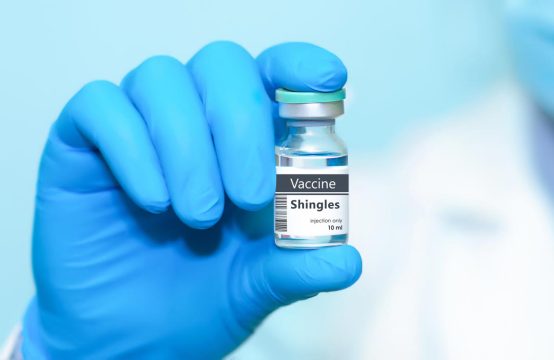Advertisment
Maraviroc lowers incidence of graft-versus-host disease in bone marrow transplantion
by Bruce Sylvester – Emerging use of FDA Approved Drugs –
Maraviroc, an antiretroviral drugin the treatment of HIV, significantly reduces the incidence of graft-versus-host disease (GvHD) among patients undergoing allogeneic bone marrow transplantation for blood cancer, researchers reported on July 11, 2012 in the New England Journal of Medicine.
Maraviroc-treated subjects achieved to a 73% reduction in severe forms of GvHD in the first 6 months after transplant, when compared with similar patients who do not receive maraviroc.
And maraviroc therapy dramatically reduced the incidence of GvHD in organs where it is most dangerous, the liver and gut, without affecting adversely any function of the immune system.
The treatment also appears to be safe.
“It appears that our new approach allows us to prevent some patients from developing GvHD by redirecting immune cells away from certain sensitive organs that they could harm,” said lead author Ran Reshef, MD, Division of Hematology-Oncology, University of Pennsylvania’s Abramson Cancer Center, Philadelphia, Pennsylvania. “This is a novel way for us to try to decrease treatment-related complications among bone marrow transplant patients without also reducing their new immune system’s ability to attack their cancer.”
The investigators enrolled 38 subjects with acute myeloid leukaemia, myelodysplastic syndrome, lymphoma, myelofibrosis, and others blood cancers. They received standard GvHD prevention drugs tacrolimus and methotrexate, plus a 33-day course of maraviroc that was initiated 2 days before transplantation.
During the initial100 days post-transplant, no patient treated with maraviroc developed GvHD in the gut or liver.
At 6 months, 6% of patients treated with maraviroc had severe GvHD, 3% in their liver and 9% in their gut. Prior studies have shown that, for similar patients treated with standard drugs only, rates of severe GvHD 6 months after transplant are 22%, with liver and gut involvement appearing in 15% and 27% of patients, respectively.
At 1 year, the benefit of maraviroc appeared to be partially sustained, with a cumulative incidence of severe GvHD of only 15%, compared with 29% among standard therapy patients.
The researchers are planning to test a longer treatment regimen with maraviroc, to determine whether the protective effect can be prolonged.





